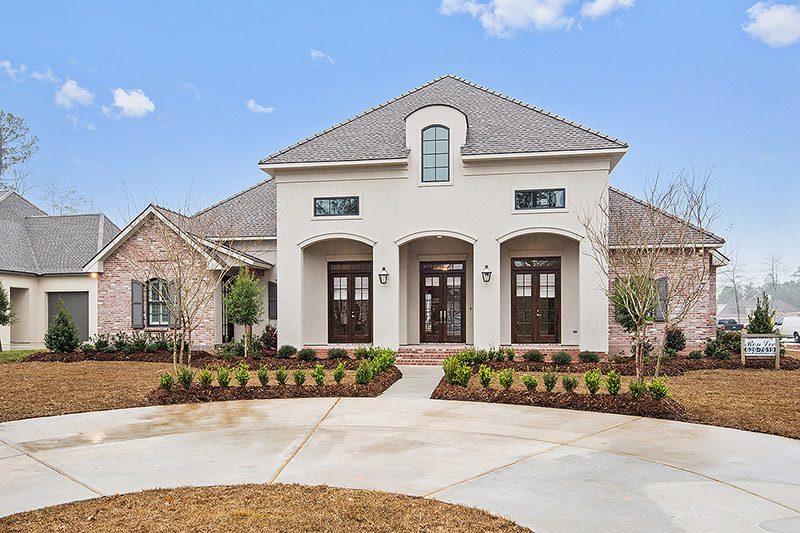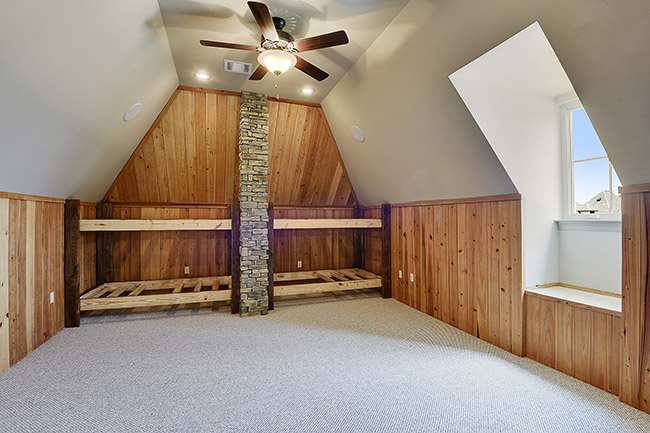It’s a Seller’s Market
Home pricing, fast home sales, bidding wars, and tighter inventory are the national trends for people selling their homes in 85% of the major markets around the United States. As the housing recovery has had a steady and substantial upward trajectory since its crash in 2008, home pricing has been both a boon and a warning for  economists worried about too much, too fast causing a double-dip Recession scenario. For now, for the first time in a long time, sellers have the advantage with a reported $44,000 increase in equity in a home sale during the 1st quarter of 2017.
economists worried about too much, too fast causing a double-dip Recession scenario. For now, for the first time in a long time, sellers have the advantage with a reported $44,000 increase in equity in a home sale during the 1st quarter of 2017.
This means that price gains from a purchase increased by $44,000, according to Attom Data Solutions’ report. There hasn’t been a sales gain this high since 2007.
“I am guessing we will see it get even better before it gets worse,” said Daren Blomquist, senior vice president at Attom. “If you are considering moving this spring, it could be a really good time to sell.”
This type of return on investment real estate sales results has caused bidding wars in competitive markets that have very low housing inventories. The time on the market for a home for sale has been a factor with an average of 45 days  for “normal” markets and an average of just 21 days for fast-moving markets. Some homeowners thinking about selling are holding on a bit longer to see if this home pricing increase trend continues before they are willing to sell – getting the most bang for their buck. Also, “warnings” in the industry are indicating that if they do sell their home and sell it quickly, they may be stranded looking for a place to buy as the inventory is so tight. So, it can be blessing and a curse – a two-edged sword.
for “normal” markets and an average of just 21 days for fast-moving markets. Some homeowners thinking about selling are holding on a bit longer to see if this home pricing increase trend continues before they are willing to sell – getting the most bang for their buck. Also, “warnings” in the industry are indicating that if they do sell their home and sell it quickly, they may be stranded looking for a place to buy as the inventory is so tight. So, it can be blessing and a curse – a two-edged sword.
According to the report, the median home price for the 1st quarter of 2017 was $225,000, which is a shocking 13% increase from just a year ago. For those homeowners who went “underwater” with their mortgages during the Recession, the increase in home pricing / home equity has been a huge help, but some markets such as Las Vegas and Miami are still struggling with their housing recovery. Las Vegas is still showing a 26% decline in home pricing and Miami is at 22%.

